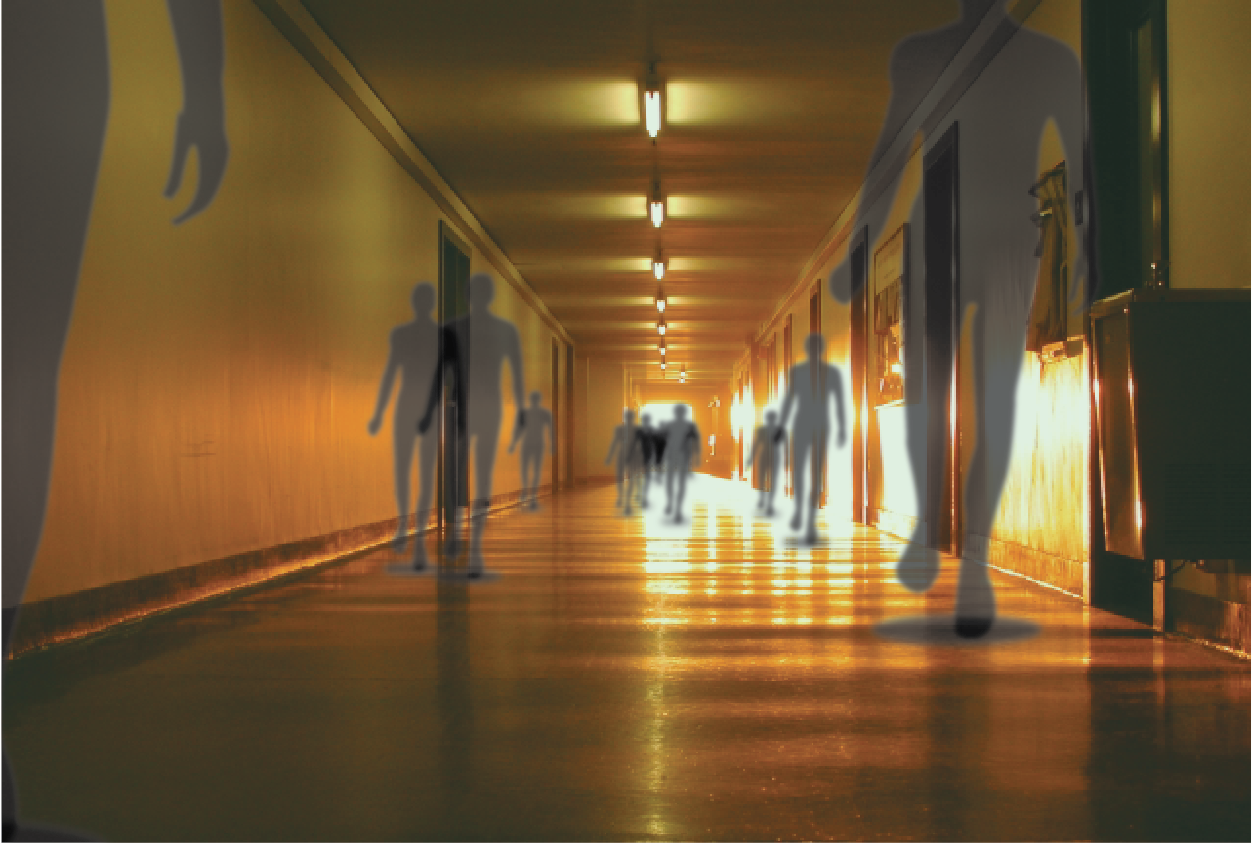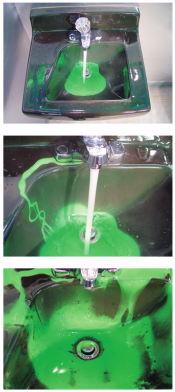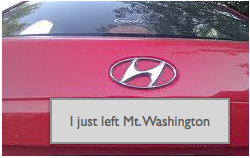The meeting started with videos of IDEO’s “Design for Educators”, Project H, and “The Independent Project”; immediately, we began wondering just what ‘design education’ meant.
Design for education, learning how to design, and designing one’s own education had been roughly the points of the three videos; we branched (perhaps unsurprisingly for MIT students) into the making of things, noting that it can be empowering as both a way of seeing and of acting, for individuals and communities.
Since the topic was rather hazy, we did not have time to finish a brief; however, the overall discussion seemed headed towards ways of presented a constrained design and construction problem to students and giving them a way to place the thing they’d made and the skills they’d learned into the community: whether through the design of musical instruments, a toymaking or crafts fair, or the opportunity to tackle consulting projects in the community, by analyzing bus routes and suggesting better ones, or by doing small engineering or design tasks that would otherwise have been contracted outside the community.











